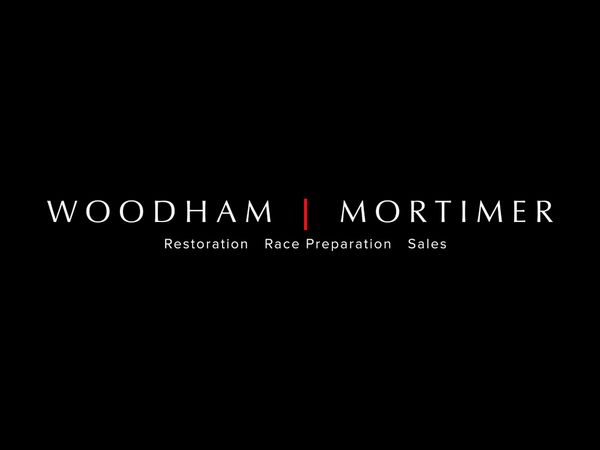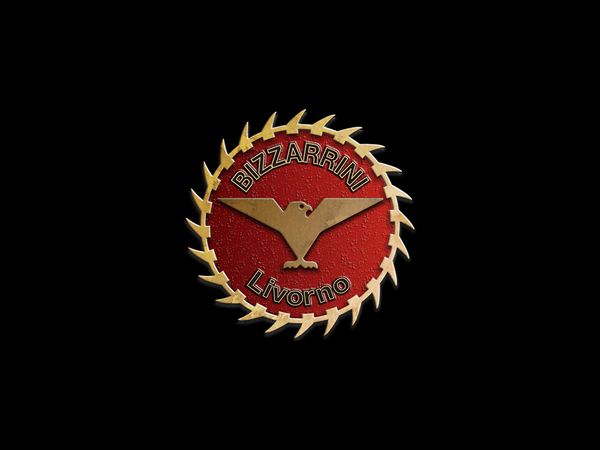At Amelia Island
Chassis no. 2181Engine no. 2104
$1,600,000 - $2,000,000
To be auctioned on Saturday, March 11, 2017
160 bhp, 1,985 cc DOHC twin-plug inline six-cylinder engine with three Weber 40 DCO3 carburetors, four-speed manual transmission, independent front suspension with coil springs and shock absorbers, live rear axle with quarter-elliptical leaf springs and shock absorbers, and four-wheel hydraulic drum brakes. Wheelbase: 100.4 in.
Offered from a private collection
Displayed at the 1956 Turin Auto Salon
The sole surviving example of two coupes built by Frua on the series III chassis
One of 22 Frua-bodied cars overall, and 65 total examples built
Extensive documentation, including factory build sheets, correspondence with marque historians, period photographs, restoration invoices and photos, and FIVA passport
Restored by marque experts over the last 10 years
Class winner at the 2014 Pebble Beach Concours d’Elegance
THE A6G/54
First introduced at the 1947 Geneva Auto Salon, the A6 1500 was Maserati’s primary post-war road-going model and featured an inline six-cylinder motor that would become the mainstay of Modena’s production for the next 20 years. A cycle-winged competition version of the car soon appeared called the A6 GCS, with the “G” denoting ghisa (for cast iron black), and the “C” and “S,” respectively, standing for corsa and stradale. Featuring a single overhead-cam 2-liter version of the inline six, this model performed quite well over the ensuing season, even winning the Italian Championship while piloted by the famed Giovanni Bracco.
The success of the first GCS led to a more evolved version wearing full coachwork in both coupe and spider forms, from firms like Allemano, Frua, and Zagato, which in turn led to the creation of the A6G/53 sports racer. However, as the design was still deemed to lack adequate road manners, Maserati revised the A6G in 1954 with a detuned version of the Formula 2 engine that Giaocchino Colombo had engineered for the firm after his departure from Ferrari. The new road-going version of the 2-liter racing motor utilized a dual overhead camshaft, driven by a triple-rowed timing chain, and the former racer’s dry sump was exchanged for a new finned alloy wet sump.
The resulting A6G/54 was built in a modest batch of 65 cars through 1957, and given their hand-built quality, race-pedigreed mechanicals, and extraordinary coachwork, it is little wonder that they are considered the equal of the day’s finest Ferraris or Alfa Romeos. Also the last model built under the watch of the Maserati brothers, who had just completed their management contract with new company owner Adolfo Orsi, the A6G/54 can be considered the ultimate evolution of the brothers’ original vision.
CHASSIS NUMBER 2181
Boasting rarity, a recent restoration to concours-winning standards, and extensive documentation, this beautiful A6G/54 is one of two third-series cars bodied as coupes, and the only example still known to exist. According to correspondence from official Maserati historian Ermanno Cozzo to esteemed marque specialist Walter Bäumer, chassis number 2181 was delivered to Pietro Frua for coachwork in August 1956. Frua mounted a coupe body that was a typically voluptuous study in balanced stance and curves, utilizing a semi-fastback roof, scooped hood, and the famed trident-adorned grille. Considering the coupe’s overall profile, fastback glass section, and the two-tone paint finish of rosso capped with a nero roof, the A6G very much echoed the aesthetics of Boano’s concurrent coachwork for the Ferrari 250 GT.
In November 1956, the unusual Maserati was exhibited at the Turin Auto Salon before returning to the factory, where testing and final assembly were completed. Factory build sheets were consequently dated on 5 December 1956. Following completion, the A6G was dispatched to the United States, destined for Charles Rezzaghi’s Mille Miglia Motors in San Francisco. A one-time competition driver for Alfa Romeo, Rezzaghi was an official Maserati importer from 1954–1957, and a fixture on the West Coast’s European car community and SCCA racing scene.
From San Francisco, chassis 2181 was delivered in January 1957 to the Pomona road races for display, as depicted in a color photo in the car’s file. The Maserati had been handsomely adorned with a black stinger pattern extending from the hood’s trailing edge almost to the nose, giving the touring car a particularly sporty visage. The A6G was later sold to Stanley Sugarman, a Maserati privateer who moonlighted as the CEO of U.S. Pipe & Supply Corp. in Phoenix, Arizona. After passing to at least one more Arizona-based owner, possibly Frank Hoke of Phoenix, the car was sold around 1963 to J.S. Massa of California.
Over the following few years, the A6G/54 was sold again and an unidentified owner removed the original factory twin-cam engine and replaced it with an American V-8, a fairly common practice at the time. Later in the 1960s, the car was purchased by Maserati dealer Bob Allinger of Los Gatos, California.
By 1978, chassis 2181 was sold to Michael Adams of Valley Center, California, and he installed the engine and gearbox from a Maserati 3500 GT, bringing the car to a slightly more authentic state. In 1991 the A6G was purchased by Ed Morgan of San Francisco, and in 2007 it briefly passed through the esteemed collection of Peter Hageman in Kirkland, Washington.
In 2007, the aging Maserati was acquired by Volkmar Spielmann of Germany, and he immediately re-imported the car to Europe and set about a full restoration. Walter Bäumer was retained as a consultant, and he sourced a correct A6G/54 dual-cam motor (number 2104) from the United States, while locating a proper gearbox and suspension in Italy. Franco Tralli of Modena conducted all the chassis work, while the famed Luppi of Modena was retained to re-trim the interior. Bacchelli Franco and Roberto Villa’s highly regarded Carrozzeria Auto Sport in Modena was entrusted with restoring the coachwork. Meanwhile, Bäumer compiled a complete history on the car to supplement the available documentation. With the restoration completed and the documentation bolstered, a FIVA passport was applied for and granted in March 2011.
In June 2012, the rare A6G was sold to the consignor, a respected collector of sports cars based in Chicago. He immediately had the car delivered to McGrath Maserati in Hertfordshire, England, for a complete assessment of work required for even greater authenticity. Hundreds of photographs were taken documenting the car’s refurbishment, including a full engine rebuild, carburetor rebuild, re-chroming of all brightwork, reupholstering of the interior, and final re-assembly. All of the work was meticulously documented in a thorough typed log of invoices, including detailed work descriptions.
Documented with two binders full of information and optimally restored to factory-correct standards, chassis number 2181 was accepted and presented at the 2014 Pebble Beach Concours d’Elegance, where the Maserati Centennial was being celebrated as a highlight theme. The A6G did not disappoint, winning its class (Maserati Centennial Coachwork).
Believed to be the only remaining closed example of a Frua-bodied Series III A6G/54, and one of two ever built, chassis 2181 beacons marque connoisseurs and enthusiasts of hand-built post-war sports cars. Eligible for numerous driving events worldwide, the early coupe should also be warmly welcomed at major concours d’elegance and would make an important addition to any collection.




























